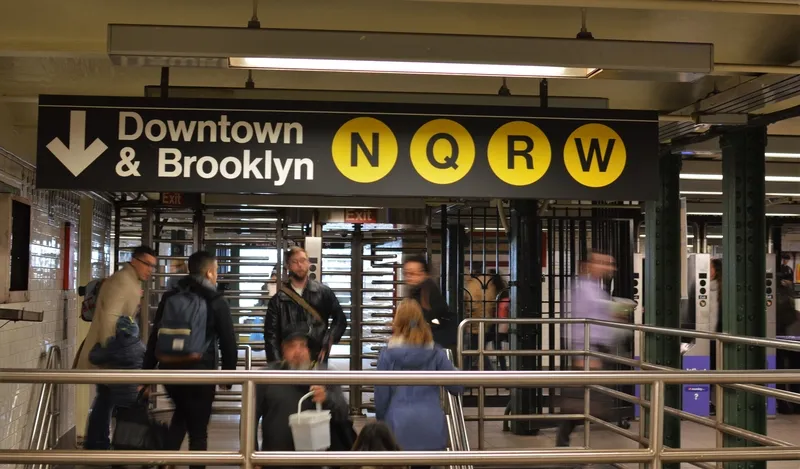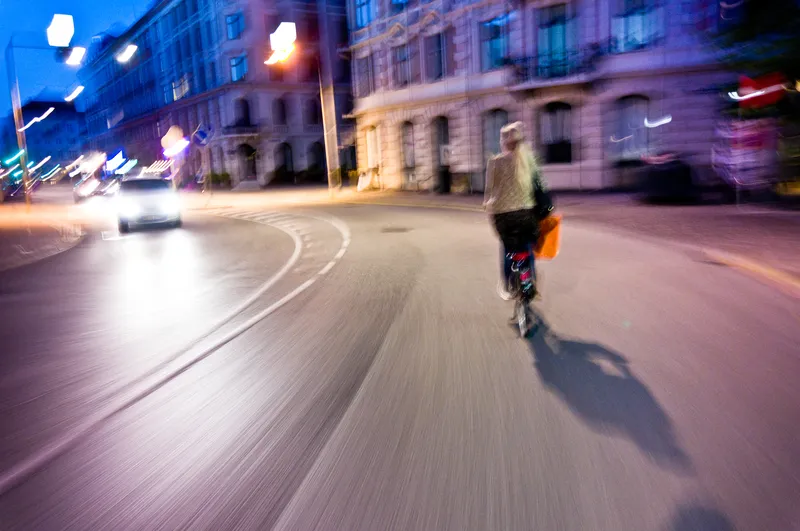
Four companies have been chosen to present new technologies to help modernise New York City’s ageing subway signalling system "quickly and cost-effectively".
Artificial intelligence (AI), Lidar and communication-based train control (CBTC) are among the tech which will be used in the Signalling Challenge, an international competition which seeks to increase subway capacity, efficiency and reliability by enabling trains to run closer together.
The Transit Tech Lab - part of the Transit Innovation Partnership, a public-private initiative created by the Metropolitan Transportation Authority (MTA) and Partnership for New York City - has selected the firms from 60 applicants.
They will present proof-of-concept results by the end of the summer and have been running tests since January.
The Signalling Challenge finalists are:
Company: 4AI Systems (New York, NY)
Technology: Using on-train artificial intelligence system to detect infrastructure, obstacles and wayside objects. The technology supports train operators in identifying obstructions, track intrusion and equipment in need of repair.
Company: Alstom (West Henrietta, NY)
Technology: Using Urbalis, their latest technology, to enable faster communication between trains and bi-directional train movement. The product has a simplified, train-to-train architecture that eliminates the need of wayside equipment, reduces installation times, improves operational headway and speed, and lowers life cycle costs.
Company: Luminar (Orlando, FL)
Technology: Using long-range Lidar technology coupled with perception software from their partner, Seoul Robotics, to accurately position a train underground, including areas where GPS traditionally fails. The product provides accurate arrival and departure data and can be further trained to detect hazards and structural damage on the tracks.
Company: Ouster (San Francisco, CA) in partnership with Lux Modus (Calgary, Canada)
Technology: Using digital Lidar sensors to collect millions of high-resolution 3D geospatial data points on a Track Geometry Car. The technology provides a digital twin and detects structural damage, infrastructure decay and foreign objects on the tracks.
“Increasing reliability is paramount to improving the customer experience and bringing more people back to the subway," said NYC Transit president Richard Davey.
This diverse group of pilot programmes provides a variety of solutions towards achieving this goal, and we look forward to seeing the results.”







